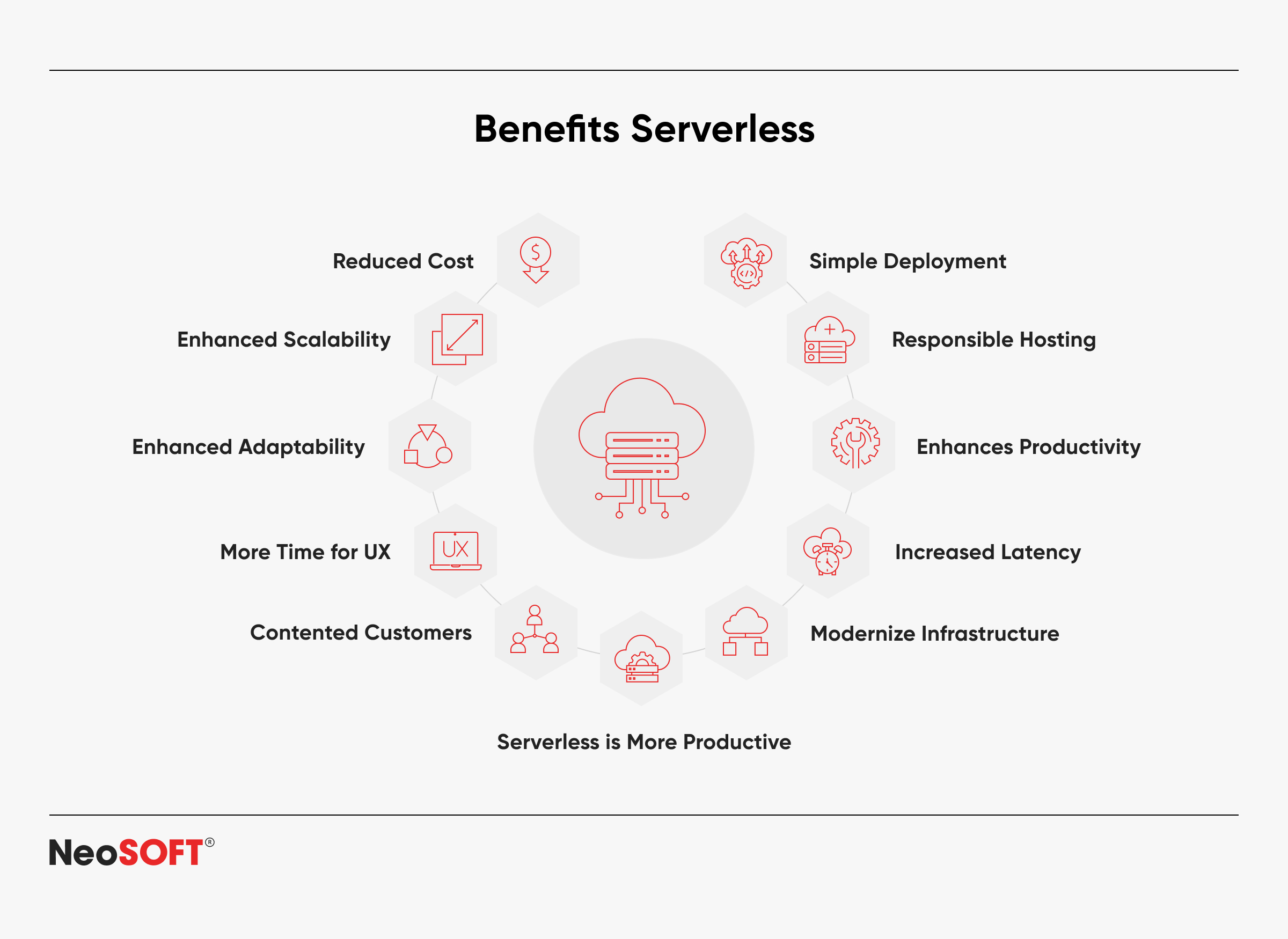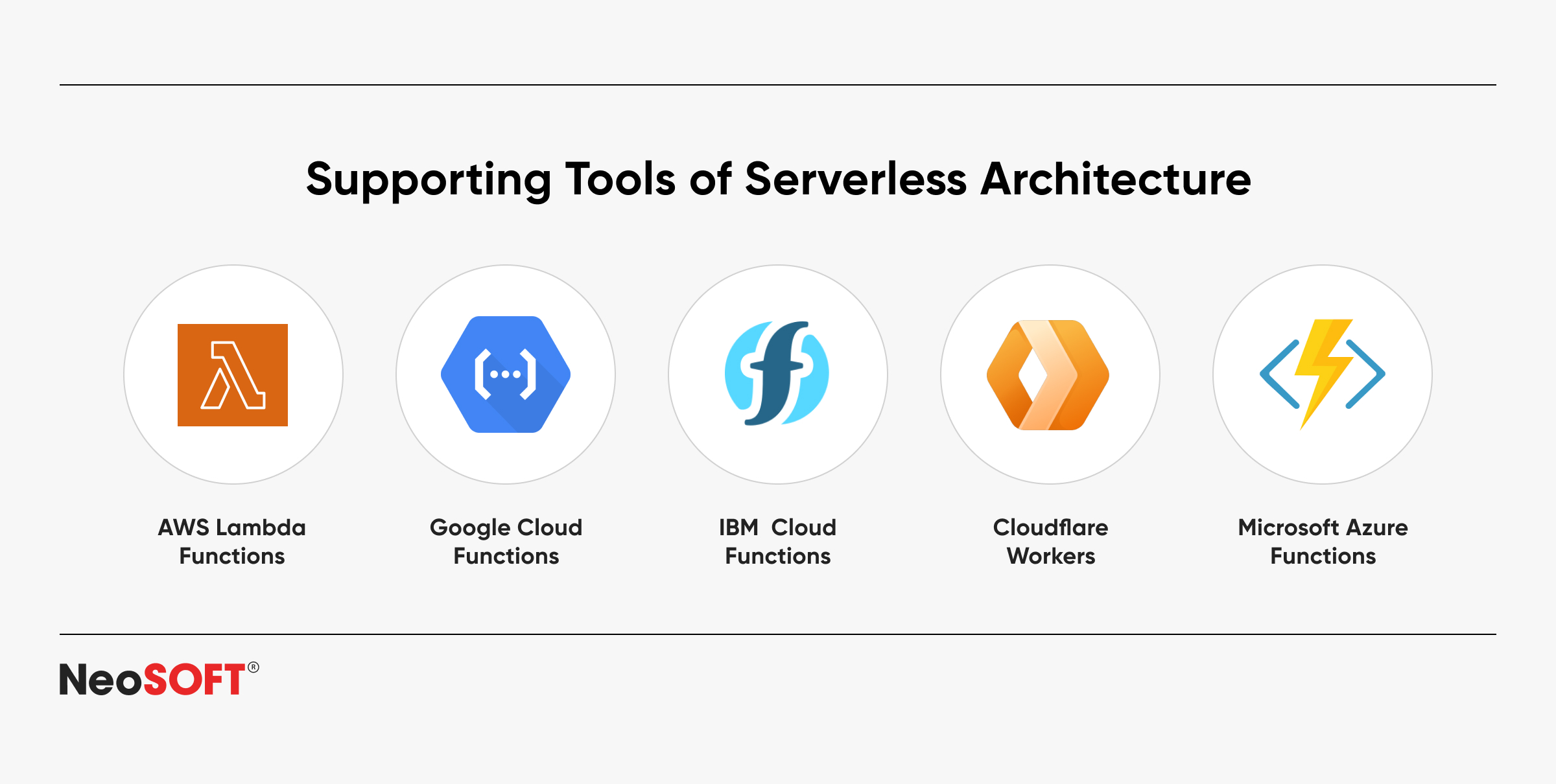Achieving Serverless Success: Challenges and Solutions
Introduction
The rise of serverless architecture marks a change in the creation and delivery of applications. These days, serverless architecture is essential to software development teams. Abstracting away the complexities of infrastructure management significantly streamlines development. As you only pay for the actual compute time spent, this boosts cost savings, minimizes operational overhead, and enables faster deployment and scalability of cloud functions.
Both larger companies and smaller start-ups can benefit from serverless’ agility and creativity, which speeds up the time to market for new features and apps while enabling continuous integration and continuous delivery. In the end, it fosters efficiency and innovation throughout the board by enabling developers to concentrate on creating features and writing code rather than running servers. Furthermore, by automatically scaling resources to meet demand and maintaining consistent performance even during traffic spikes, serverless architecture improves resilience.
This blog outlines the common issues associated with deploying serverless architecture and offers practical methods to solve them. Following these tips can help both developers and businesses optimize their serverless apps and ensure better performance, greater cost-effectiveness, and higher scalability.
Understanding Serverless Architecture
Serverless architecture, a cloud computing model, enables developers to construct and execute applications without having to manage the underlying infrastructure of physical servers. Cloud providers manage server deployment, scalability, and maintenance for serverless applications. The two main parts of serverless architecture are:
- Function-as-a-Service (FaaS): FaaS platforms enable software engineers to launch designated functions or bits of code in reaction to certain events, such as file uploads, database updates, HTTP requests. The cloud provider automatically scales and controls the function’s lifespan.
- Backend-as-a-Service (BaaS): Using this method spares developers from having to manage backend services themselves and lets them integrate ready-to-use backend features into the serverless application themselves.
All execution-related responsibilities, such as load balancing, monitoring, security updates and scaling, are handled by a serverless framework when an event initiates these procedures. The burden of scaling, upkeep, and server management is removed, freeing developers to create and execute code and putting business logic into practice.
Advantages of Serverless Architectures
Serverless architectures are being adopted more and more in contemporary software development due to the many benefits they offer businesses. Some of these are:
- Scalable: Without requiring human intervention, serverless architectures automatically scale applications in accordance with demand, guaranteeing optimal performance and resource utilization.
- Less Complex: Serverless computing simplifies development and deployment by managing infrastructure, allowing developers to focus on code and application logic.
- Cost Efficient: Serverless architecture saves money by billing only for the compute time needed rather than for pre-allocated resources as well. This pay-as-you-go mechanism aids in cost management and resource optimization.
- Quick Development: Serverless architecture accelerates the software development lifecycle, which makes it easier to rapidly iterate new features and updates as well as to facilitate continuous integration and deployment.
Serverless computing is a desirable option for enterprises due to these – and many more – advantages, which allow firms to develop and deploy applications more effectively, lower operational costs, and achieve faster time-to-market.
The Industry Impact of Serverless Architecture
Numerous industries have seen a transformation thanks to serverless architectures, including:
- E-commerce: Serverless functions improve scalability by automatically modifying resources based on traffic, which is critical for managing fluctuating loads during busy shopping seasons. It is also cost efficient, charging only for the time spent on processing, making it an excellent solution for handling unpredictable traffic.
- Healthcare: Managing large datasets is a significant challenge for healthcare companies, but serverless computing makes it possible to process and analyze data quickly and effectively. Serverless applications enable scalable data processing pipelines and are able to link with a large number of data sources to enable real-time analytics and improved patient care.
- Financial Services: The rapid development and implementation of financial applications is facilitated by serverless architecture. A serverless framework speeds up the introduction of new features, allowing institutions to react swiftly to changes in the financial market.
Common Issues with Serverless Applications and Their Fixes
Cold Start Latency
A serverless function experiences cold start latency when it is utilized for the first time or following a prolonged period of inactivity. The time needed to set up and run code and provision the execution environment is what’s causing the delay. This latency can degrade user experience and cause performance bottlenecks in other functions, particularly in applications that require real-time replies or handle infrequent invocations.
Solutions –
- Provisioned Concurrency: Use technologies like AWS Lambda’s supplied concurrency to pre-warm a specified number of function instances, saving setup time.
- Optimized Function Code: Reduce code size and dependencies to speed up function initialization. Refactor functions to improve efficiency and maintain them lean.
- Lightweight Runtimes: To reduce cold start times and increase overall speed, select quicker runtimes such as Node.js or Python.
Limited Execution Time
Serverless solutions impose time constraints on function execution, such as AWS Lambda’s 15-minute limit. This can stifle long-running tasks. Time constraints can halt long-running operations and disrupt complex workflows.
Solutions –
- Break Down Tasks: Split large jobs into smaller operations that can be completed within the time restrictions.
- Stateful Services: To manage and coordinate complicated operations across several functions, use solutions such as AWS Step Functions.
Vendor Lock-In
Vendor lock-in happens when an application becomes overly reliant on the tools and services of a single cloud provider, making migration to other platforms or switching providers difficult. This can make transitioning to new platforms difficult and limit adaptability to different technologies or providers.
Solutions –
- Multi-cloud Strategy. Distribute your workloads among various cloud providers to lessen reliance on a single source while increasing flexibility.
- Open-source Frameworks. Adopt open-source serverless frameworks such as OpenFaaS or Knative, which are intended to be portable across several cloud environments.
Monitoring and Debugging
The distributed nature of serverless architecture complicates monitoring and debugging because functions are frequently dispersed across numerous services and invoked asynchronously. Tracing difficulties across several serverless functions and services can be complex, making it tough to identify the source of problems.
Solutions –
- Distributed Tracing Tools: Use AWS X-Ray or Jaeger to visualize and trace requests as they move through various services, making it easier to identify and fix problems.
- Centralized Monitoring and Logging: Using logging services and centralized monitoring platforms to collect and analyze logs from several functions in one place boosts visibility and makes troubleshooting easier.
Security Concerns
Serverless environments have distinct security problems, including a greater attack surface due to the dynamic nature of functions and services, the possibility of unsafe setups, and restricted insight into runtime behavior of application code. These issues include increased vulnerability to assaults, the possibility of incorrect permissions, and the complexity of monitoring and managing servers and safeguarding dispersed components.
Solutions –
- Robust IAM Policies: To reduce potential security concerns, implement robust IAM policies that enforce least privilege access by carefully defining and administering IAM (Identity and Access Management) roles and permissions.
- Serverless-specific Security Tools: Use tools such as AWS Lambda Security to guard against potential common risks and ensure correct configuration.
- Regular Security Audits: Conduct frequent audits and vulnerability scans to detect and address potential flaws in the security of your serverless apps.
Cost Management
Even though maintaining a serverless architecture might be cost-effective, the pay-as-you-go pricing approach can bring unanticipated costs. This can involve erratic invoicing, hidden fees associated with data transfer, and other variables. Managing and forecasting costs for serverless databases can be tough, resulting in unexpected charges and budget overruns if not carefully controlled.
Solutions –
- Budget Alerts: To manage spending, create a system to receive notifications when costs approach or exceed thresholds.
- Optimized Function Execution: To minimize inefficiencies and save money, fine-tune function execution time and memory use. Perform a regular review and optimization of functional performance.
- Unused Resource Clean-up: Audit your serverless resources on a regular basis and remove or deallocate those that are no longer in use to avoid incurring excessive expenses.
Integration with Legacy Systems
Integrating serverless architecture into existing legacy systems can be difficult due to compatibility difficulties, data synchronization complications, and significant delays. Legacy systems may not interface well with modern serverless applications and services, making it impossible to ensure continuous data flow and real-time performance of application data.
Solutions –
- Use APIs and Middleware: Provide interfaces between serverless services and older systems to allow for better data transmission and interaction.
- Gradual Migration: To manage risks and reduce interruptions, implement a phased migration strategy that involves gradually migrating components from old systems to serverless architecture.
- Implement Hybrid Architectures: Use a hybrid design that combines serverless services with existing legacy systems, allowing you to make use of the capabilities of both environments while maintaining continuous operation.
Scalability and Performance Management
Scalability and performance management in a serverless environment can be difficult because of the dynamic nature of serverless operations and their scaling characteristics. Maintaining continuous performance and scaling operations effectively under changing loads can be difficult for server hardware alone, especially when dealing with large traffic or complicated workloads.
Solutions –
- Optimize Resource Allocation: Set up suitable memory and compute resources for functions to manage peak loads effectively.
- Implement auto-scaling policies: Use the auto-scaling features provided by serverless platforms to dynamically modify resources in response to demand.
- Monitor performance metrics: To maintain optimal performance and cost efficiency, track performance data on a regular basis and alter configurations accordingly.
The Future of Serverless Architectures
Serverless Edge Computing
Processing is being moved closer to the data source thanks to the growing popularity of serverless and edge computing integration. This strategy lowers latency, accelerates data processing, and improves user experiences, particularly in IoT applications and content delivery networks (CDNs). With the introduction of 5G networks, serverless edge computing is expected to become even more popular, providing better performance for latency-sensitive cloud applications.
Hybrid and Multi-Cloud Infrastructure
As enterprises attempt to avoid vendor lock-in, the demand for serverless multi-cloud and hybrid systems is rising. These solutions allow enterprises to deploy serverless functions across cloud providers or to integrate on-premises infrastructure and cloud services. New tools and frameworks are also emerging to help manage and orchestrate serverless functions and operations across several environments, resulting in improved deployment flexibility and robustness.
Serverless AI/ML
Thanks to its scalable and affordable workload solutions, serverless computing is quickly gaining traction in AI and machine learning models. This approach makes AI more accessible by allowing companies to develop and deploy predictive models without having to also manage servers and the underlying infrastructure. As serverless systems continue to optimize for AI projects, we may expect more widespread AI/ML integration into applications.
Event-Driven Architecture
The rise of event-driven architectures has expanded the capabilities of serverless computing. Serverless is ideal for handling dynamic, event-driven workloads as applications become more sensitive to data changes and user interactions. As a result of serverless adoption, programs that can effectively manage complex workflows have become more responsive and granular.
Conclusion
Serverless architecture has various benefits, including scalability, cost-efficiency, and shorter development cycles. These benefits do present a unique set of obstacles that must be carefully overcome if one is to succeed. It is necessary to understand the challenges related to serverless architectures and to put workable solutions in place.
Concerns like security, cost management, and others emphasize the importance of developing a well-thought-out strategy when implementing serverless technology. By proactively tackling these obstacles, businesses may realize the full potential of serverless computing, allowing them to develop faster and preserve a competitive advantage.
NeoSOFT can provide personalized solutions for developing and optimizing your serverless architecture. Whether you’re just starting out with serverless computing or looking to upgrade your current cloud infrastructure, our expert teams are there to support you every step of the way. Contact us today at [email protected]!









